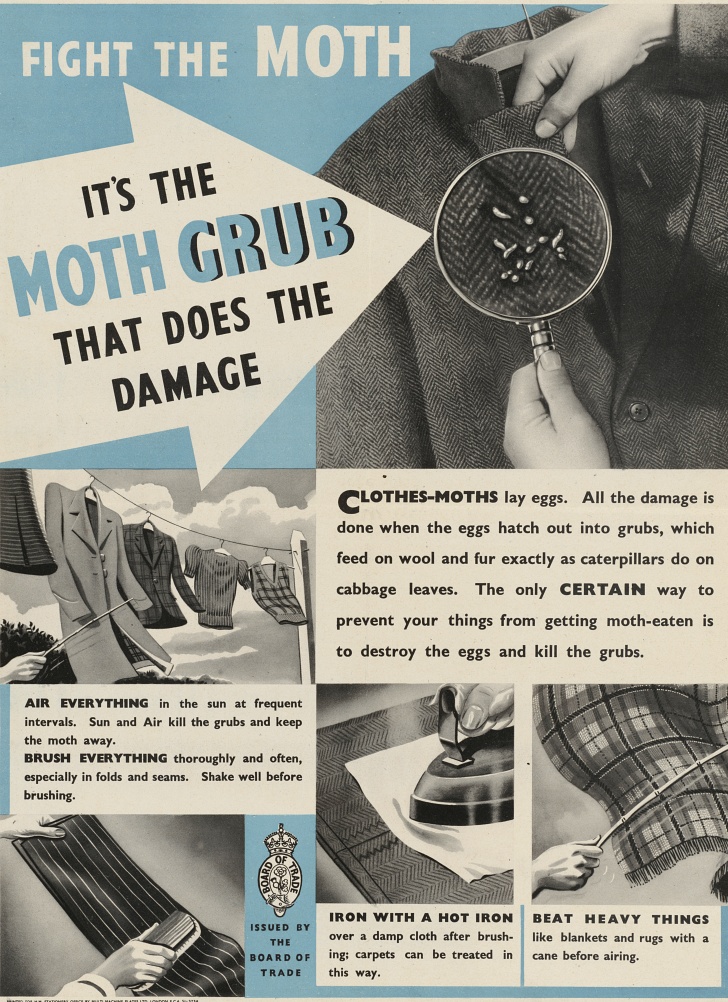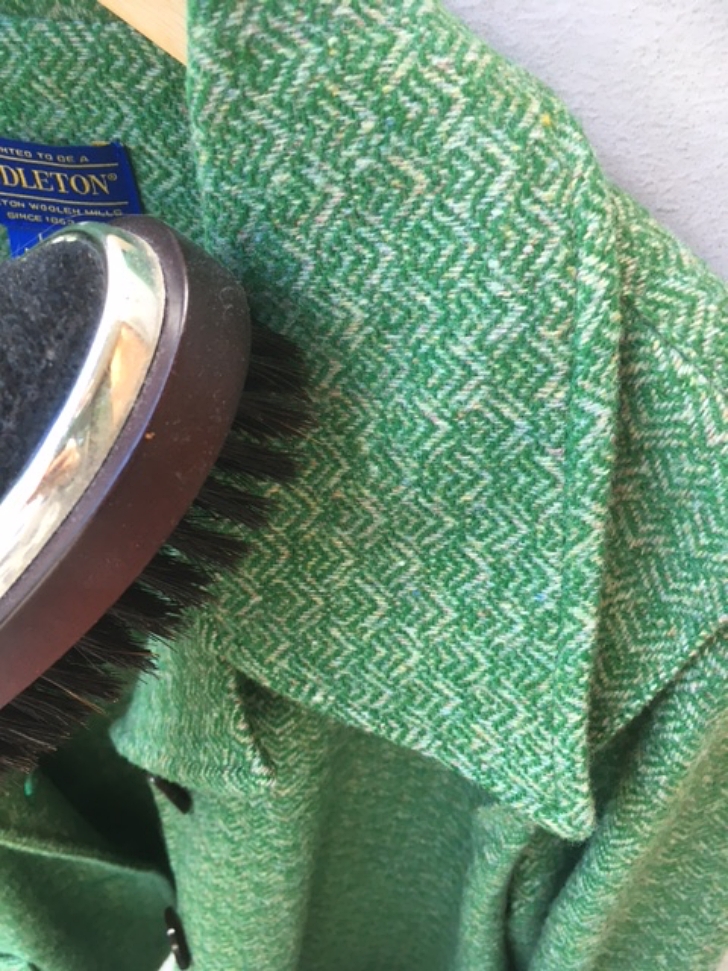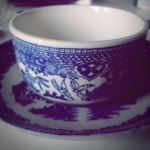Mothballs weren’t invented until 1948. Today these smelly, white orbs are considered old fashioned, but there was a time when people had to deal with clothes moths without the aid of commercial chemical science, many times without even the cleaning tools we find essential today. So how did people get rid of moths throughout history? A pamphlet from World War II gives us a good idea of how these pests were treated.

You may have had the bad luck of finding little moth holes in your sweaters, but what we think of as “moth eaten” should really be called “larvae eaten”. This is because the adults of the species Tineola bisselliella don’t actually have mouths. Like many other species of moths the adults die shortly after mating- usually within a month of transitioning out of the larval stage.
But, subpar conditions -like low temperature- can keep T. bisselliella in the larval stage for up to 2 years. Since these critters like to feed in the dark, this means that unattended clothing can be subjected to a lot of damage before being discovered and cleaned.

A WWII UK Board of Trade instructional pamphlet on how to get rid of clothes moths gives clear advice on how to go about destroying these clothes-eaters. They instruct that the normal way of cleaning clothing and fabrics was the best way to squash an infestation. They recommend to beat out rugs regularly – something we don’t often do today since we have vacuums to help us deal with dirt and dust. But, many people back then would hang their rugs out in the sun either before or after the beating and the sunlight alone can kill some of the larvae.
The advice given is also to make sure to iron your clothing after it has been washed, another step a lot of people skip these days. Most people today use clothes dryers which can kill moths and larvae with the heat. But, the food moth larvae like best is wool, which cannot usually be laundered in hot water and then dried with heat. Ironing does kill these creatures, but you need to be thorough about it- reaching as many areas of the garment as possible.

It’s a common misconception that clothes moths won’t eat fibers that aren’t wool. They prefer animal fibers as these are made from keratin, which is their primary food source. But, they will also eat cotton, linen, and natural fibers blended with synthetics. They will not, however, munch on completely synthetic fibers so workout gear, polyester, spandex, and things of that nature are unlikely to be harmed by moths.
As a whole we wear more synthetic fibers now and wash our clothes in hot water and then dry them on high heat, so this in and of itself can rectify a moth infestation. Our carpets are often synthetic these days as well, giving moths fewer places to hide in.

The 1940s advice was to also brush clothes vigorously, which is not something you see people talking about much anymore. But, the larvae enjoy being in the dark and undisturbed with their favorite foods, so brushing is one way to disrupt their feasting. If you’ve ever flipped up the collar on a wool coat only to discover moth damage underneath then you know all too well how they like to hide.
Today we have moth traps, poisons, and more effective cleaning methods that -combined with more synthetic fibers- means most houses don’t have moth problems anymore. In the old days it would have taken constant cleaning and vigilance by the lady of the house (or an army of staff for a large house) to keep moths from getting out of control. Thankfully, those days are gone for most of us.













